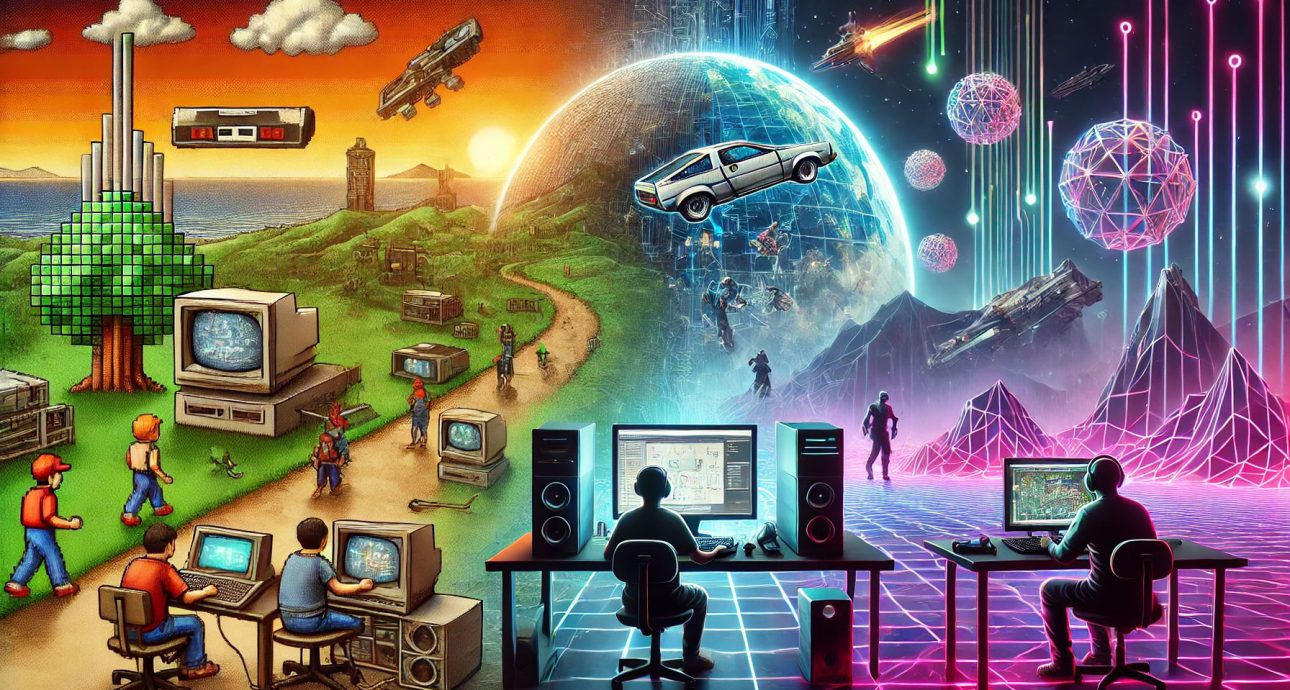Great games don’t just survive on launch hype—they evolve, mutate, and live on through the hands of their communities. In 2025, game longevity isn’t just about updates from the dev team. It’s increasingly shaped by three unofficial pillars: loot systems, modding culture, and meme-worthy moments.
These elements can’t be entirely engineered, but when they take off, they can push a game beyond its intended lifespan and into cult status. Let’s explore how and why.
The Power of Loot: When Items Become Identit
Loot isn’t just a reward—it’s a retention tool.
Whether it’s randomized drops, gear with deep customization, or rare cosmetic skins, loot has become a content loop that players willingly grind through, long after the main campaign is complete.
Well-designed loot systems:
- Encourage personalized playstyles (e.g., builds in Borderlands or Diablo IV)
- Create community economy discussions (e.g., trading rare knives in CS:GO)
- Inspire content creation (e.g., “unboxing” legendary drops or build guides)
More importantly, the emotional attachment players form with their loot makes them invested in the game’s ecosystem.

Modding Culture: The Endless Update Engine
Community mods are the gift that keeps on giving.
From texture packs and UI fixes to entirely new story campaigns, modders have extended the shelf life of countless titles, often keeping older games in the spotlight years after official support ends.
Examples:
- Skyrim remains one of the most played single-player games thanks to over a decade of active modding.
- The Sims 4 thrives on custom content creators delivering fashion, furniture, and personality tweaks faster than EA ever could.
- Stardew Valley’s mod scene turned a beloved indie game into a full-blown genre foundation.
The lesson here is simple: When a game invites creative input, it becomes more than a product—it becomes a platform.
Meme Culture: Viral Moments That Fuel Relevance
Sometimes, all it takes is a 5-second clip to reignite interest in a game that’s years old.
Memes serve as a second life for content, giving it new context, new jokes, and new communities. Whether it’s a glitch, an awkward voice line, or a jaw-dropping boss reaction, players turn games into viral formats with global reach.
How memes help longevity:
- Drive discoverability among new audiences
- Reinvigorate player interest during content droughts
- Fuel cultural relevance (see Among Us and Skibidi Toilet)
Game developers who lean into memeability—intentionally or not—often find themselves with a stronger social presence and organic marketing loop. The key is to leave room for absurdity, relatability, and surprise.

Combining Forces: When All Three Work Together
When loot, mods, and memes collide, the result is often legendary.
Take Minecraft as the prime example:
- Infinite loot crafting mechanics
- A rich modding community that added entire genres (e.g., Pixelmon)
- Meme status across platforms that keeps it relevant with every generation
Even newer games like Baldur’s Gate 3 gained longevity not just from depth, but from viral memes, community-made enhancements, and character customization that inspired endless loot-sharing videos.

Final Thoughts
In 2025, the true lifespan of a game isn’t determined by how long the devs support it—it’s about how much the community adopts, adapts, and owns it.
If you want your game to live beyond launch, don’t just plan updates—build systems that players can break, rebuild, and laugh with.
Because in the world of modern gaming, the most powerful influencers might just be loot drops, modders, and memes.


